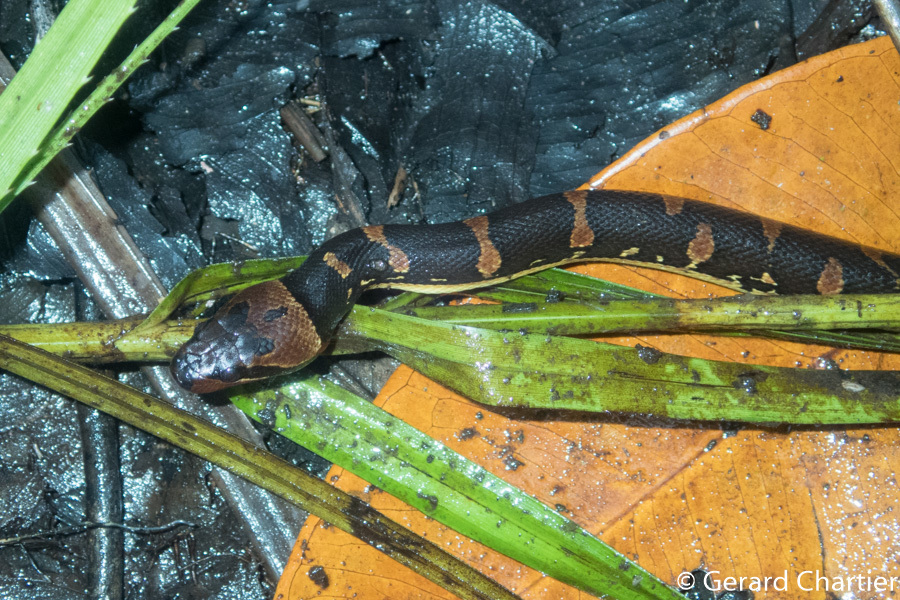When observing snakes, you might notice their curious habit of rubbing against rough surfaces. While most people immediately associate this behavior with shedding, there’s actually much more to this fascinating reptilian action. Snakes rub against objects for various reasons beyond just removing old skin—from sensory exploration and parasite removal to territorial marking and even social communication. Understanding these behaviors provides deeper insight into the complex lives of these misunderstood creatures. Let’s explore the multifaceted reasons behind why snakes engage in this seemingly simple yet significant behavior that goes well beyond the shedding process.
The Basics of Snake Rubbing Behavior
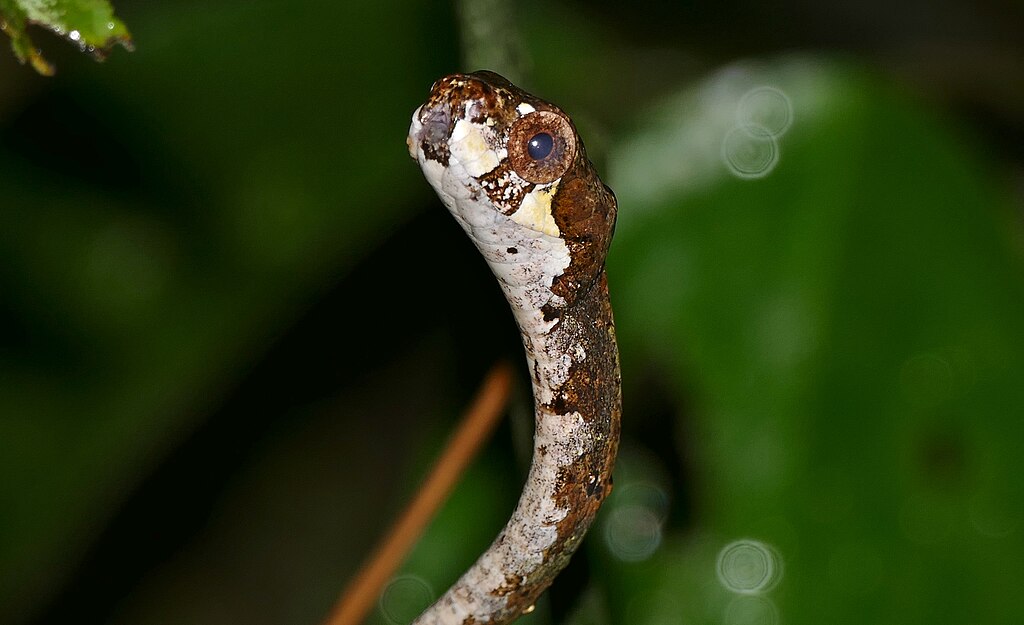
Snake rubbing behavior is a common sight for reptile enthusiasts and herpetologists alike, but its complexity is often underappreciated. When a snake deliberately moves its body against rocks, branches, or other textured surfaces, it’s engaging in a behavior that serves multiple evolutionary purposes. This rubbing motion typically involves the snake pressing its body against an object and moving forward or sideways while maintaining contact. The intensity and frequency of rubbing behaviors can vary significantly between species, with some snakes rubbing more vigorously or frequently than others. Understanding this fundamental behavior provides a foundation for exploring the various reasons snakes engage in this activity beyond the commonly known shedding process.
Shedding: The Well-Known Reason

Ecdysis, or shedding, remains the most recognized reason for a snake’s rubbing behavior, but even this process is more nuanced than many realize. During the pre-shedding phase, snakes develop a new layer of skin beneath their existing one, causing their eyes to cloud over and their old skin to loosen. The rubbing behavior helps initiate the shedding process by creating a tear in the old skin, typically starting around the mouth area. This initial break allows the snake to essentially crawl out of its old skin, leaving behind a complete shed if all goes well. While healthy snakes in proper environmental conditions can shed without excessive rubbing, the behavior becomes more pronounced when they’re having difficulty starting or completing the shed. Understanding normal versus excessive rubbing during shedding can be crucial for identifying potential health issues in captive snakes.
Sensory Exploration Through Touch
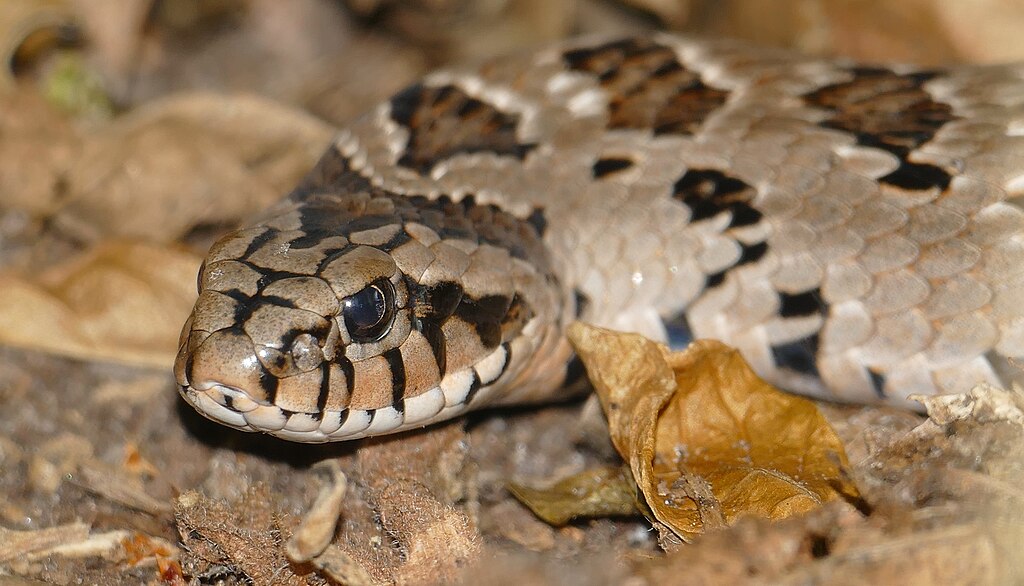
Snakes use rubbing as a way to gather tactile information about their environment, functioning as an extension of their sensory capabilities. Unlike mammals with sensitive paws or whiskers, snakes must use their entire body as a sensory organ to feel and interpret their surroundings. When a snake rubs against various surfaces, it’s collecting valuable data about texture, temperature, and stability of objects in its habitat. This tactile exploration helps snakes create mental maps of their territories and identify potential hiding spots, basking locations, or prey pathways. For many species, particularly those active at night or in low-visibility environments, this tactile feedback is just as important as visual or chemical cues for navigating their world successfully.
Itch Relief and Parasite Removal

One practical reason snakes rub against rough surfaces is to alleviate irritation and remove external parasites. Snake mites, ticks, and other ectoparasites can attach to a snake’s scales, causing significant discomfort and potentially transmitting diseases. By rubbing against abrasive surfaces like rough bark, rocks, or even coarse substrate, snakes can dislodge these unwanted hitchhikers. This behavior becomes particularly noticeable when a snake has a parasite infestation, as the frequency and intensity of rubbing significantly increases. In captivity, sudden increased rubbing behavior outside of shedding periods often serves as an early warning sign for reptile keepers that their snake may be experiencing parasite issues. Wild snakes may seek out specifically textured surfaces that are most effective at removing particular parasites common to their habitat.
Territorial Marking and Scent Distribution
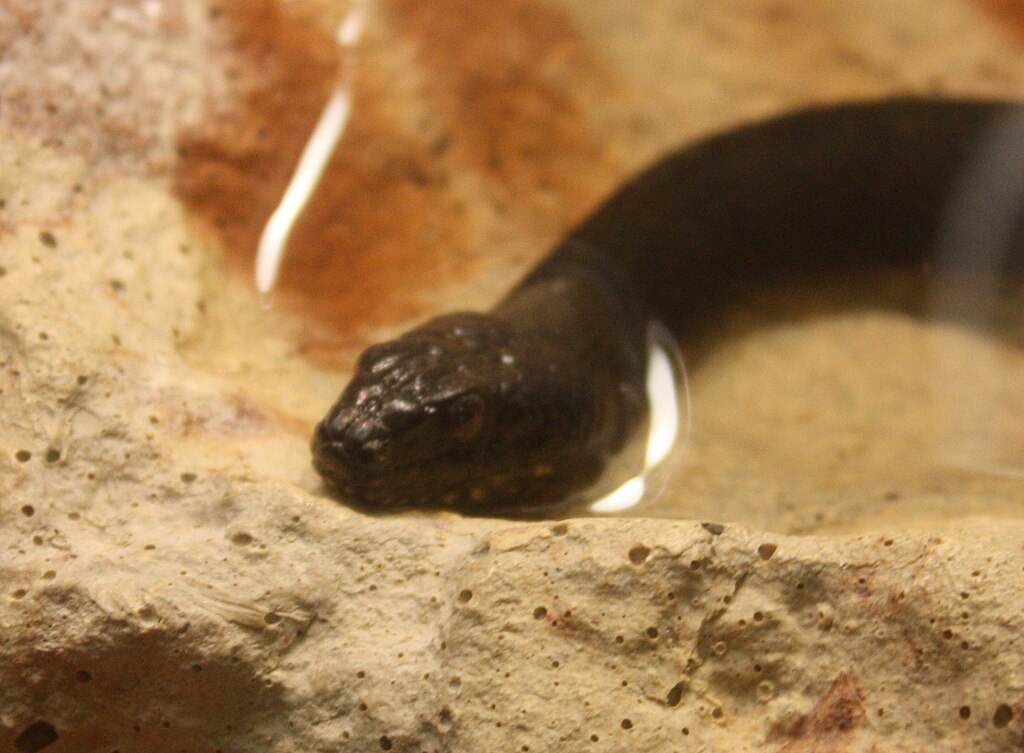
Snakes possess specialized scent glands that produce pheromones and other chemical signals crucial for communication. When a snake rubs against objects in its territory, it’s often deliberately depositing these scent markers to communicate with other snakes. This chemical signaling can indicate territorial boundaries, reproductive readiness, or simply establish the snake’s presence in an area. Male snakes frequently increase rubbing behaviors during breeding season to spread their scent more widely and attract potential mates. Some species have specialized scales or glands that are more effectively activated through the pressure of rubbing, releasing stronger scent markers than would occur through casual contact. This chemical communication system allows snakes to leave long-lasting messages for other members of their species even when they’re no longer physically present in an area.
Temperature Regulation Assistance
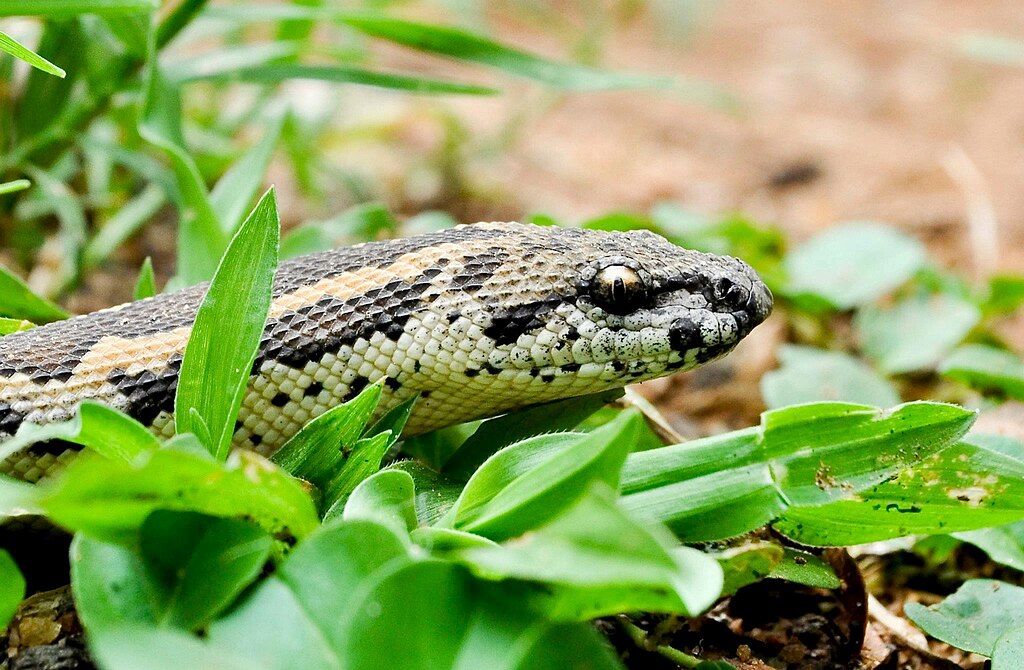
As ectothermic creatures, snakes rely on environmental sources for body heat regulation, and rubbing behavior can play a surprising role in this process. When a snake rubs against surfaces with different thermal properties than its current body temperature, it can accelerate heating or cooling as needed. For instance, a cool morning might find a snake rubbing against sun-warmed rocks to transfer heat more efficiently than simply coiling on top of them. The increased blood flow to the skin during active rubbing can help distribute heat more evenly throughout the snake’s body. Some species have been observed rubbing more frequently during temperature transitions, such as early morning or evening hours when they’re adjusting their body temperature to changing environmental conditions. This behavioral thermoregulation represents yet another sophisticated adaptation that helps snakes maintain optimal body temperatures in variable environments.
Stress Response and Comfort Seeking
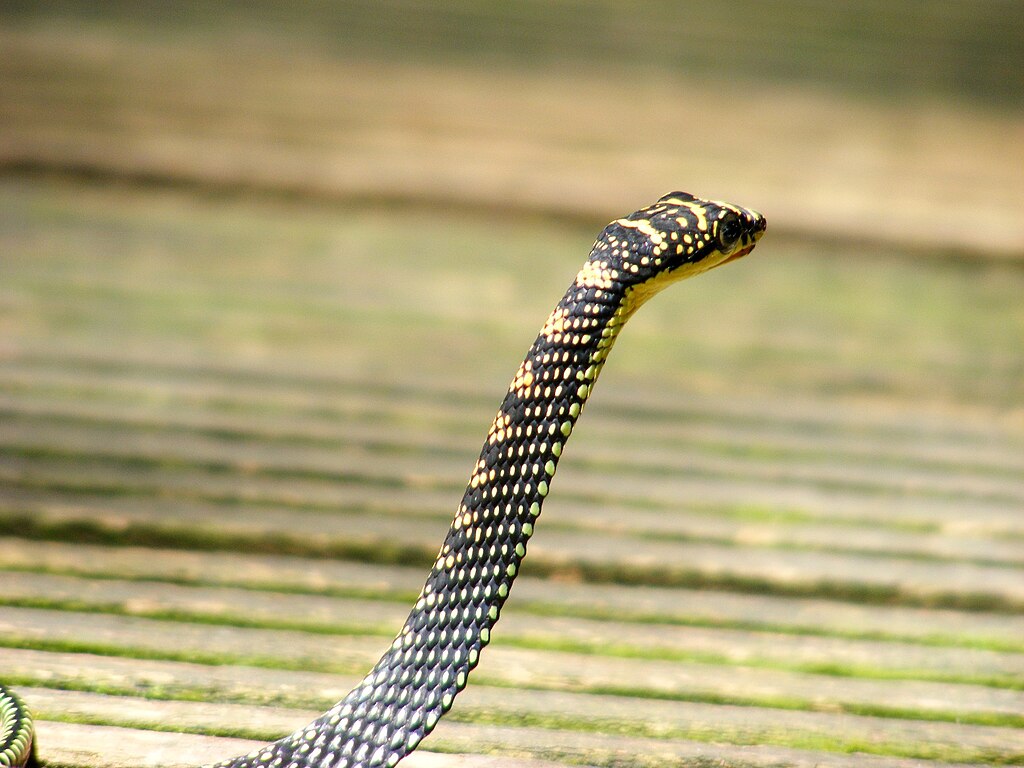
Snakes sometimes increase rubbing behaviors in response to stress, anxiety, or environmental discomfort. This can be particularly noticeable in captive snakes that are adjusting to new enclosures, experiencing suboptimal humidity levels, or feeling threatened by nearby activity. The rubbing motion may provide a form of self-soothing similar to how other animals engage in repetitive behaviors when stressed. Reptile keepers often note increased rubbing when snakes are housed in enclosures that are too small or lack adequate hiding spaces, essentially using the behavior as a coping mechanism. In some cases, the snake may be attempting to escape perceived threats by testing boundaries and seeking exit points, with the rubbing behavior being a byproduct of this escape attempt. Understanding the connection between excessive rubbing and stress factors is crucial for proper husbandry and welfare of captive snakes.
Substrate Preference and Environmental Feedback
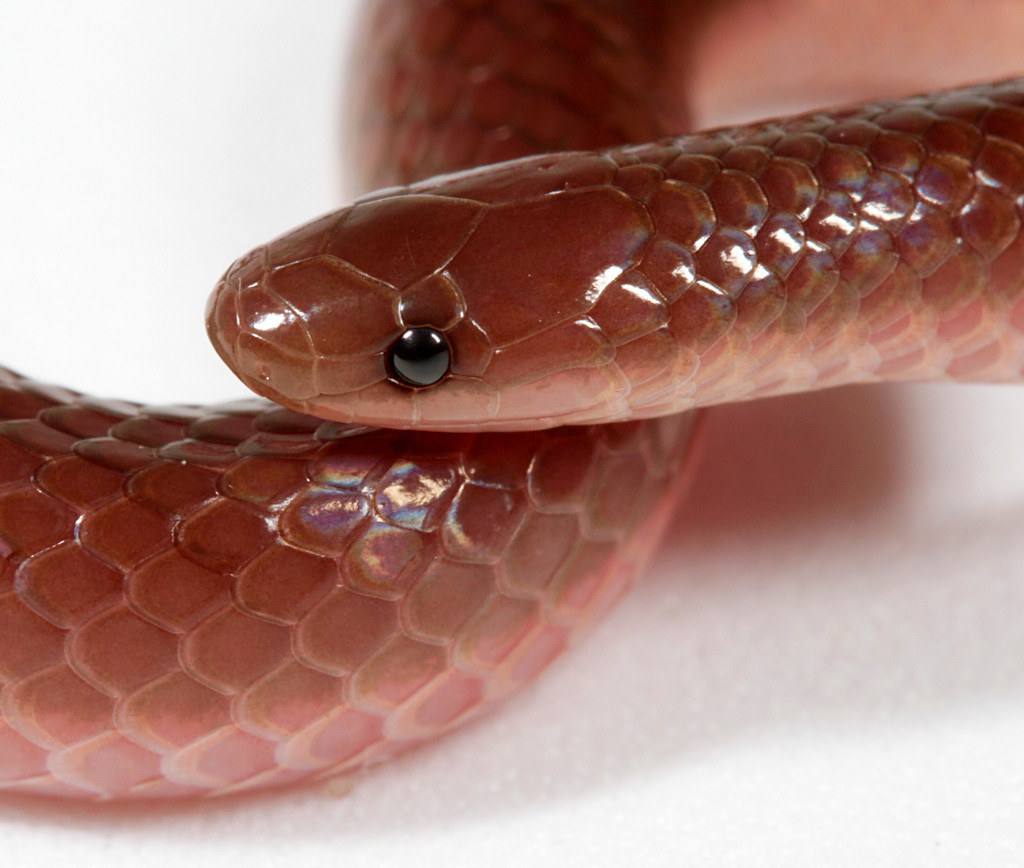
The specific surfaces that snakes choose for rubbing can provide valuable insights into their preferences and needs. Different snake species display clear preferences for particular textures when engaging in rubbing behaviors, often selecting surfaces that mimic elements of their natural habitat. Desert-dwelling species may prefer sandstone or other rough, dry surfaces, while arboreal species might favor the texture of certain types of bark or plant material. Observing these preferences can help herpetologists and reptile keepers better understand environmental requirements and improve captive habitats. Some snakes will consistently return to the same rubbing spots within their territory, creating subtle wear patterns that can be observed in both wild and captive settings. These preferred rubbing locations often combine optimal texture with strategic positioning, such as near territory boundaries or along commonly traveled pathways.
Shedding Assistance in Social Species

While most people think of snakes as solitary creatures, several species display surprising social behaviors, including cooperative shedding assistance. In certain snake communities, individuals have been observed rubbing against each other during shedding periods, helping to initiate tears in difficult-to-reach areas or assisting with complete removal of stubborn shed pieces. This behavior is particularly notable in garter snakes, rat snakes, and certain python species that may den together seasonally. The mutual rubbing serves both mechanical purposes in assisting with the shed and social bonding functions within the group. Young snakes in particular may benefit from this assistance from older individuals, especially during their first few sheds when they’re still developing the muscle coordination needed for effective shedding. This cooperative behavior challenges the common perception of snakes as entirely solitary creatures and highlights the complexity of their social interactions.
Neurological Stimulation and Enrichment

The sensation of rubbing against varied textures provides important neurological stimulation for snakes, contributing to their mental well-being. Similar to how many animals benefit from environmental enrichment, the tactile feedback from different surfaces stimulates neural pathways and prevents behavioral issues associated with sensory deprivation. Captive snakes provided with diverse textures for rubbing often display more natural behavior patterns and fewer stress-related problems than those kept in barren enclosures. This understanding has led to advances in reptile husbandry, with keepers now deliberately including multiple texture types within enclosures to provide tactile enrichment opportunities. The exploration and rubbing behaviors that result from these enriched environments help satisfy the snake’s natural curiosity and provide essential cognitive stimulation, supporting overall psychological health.
Age and Seasonal Variations in Rubbing Behavior
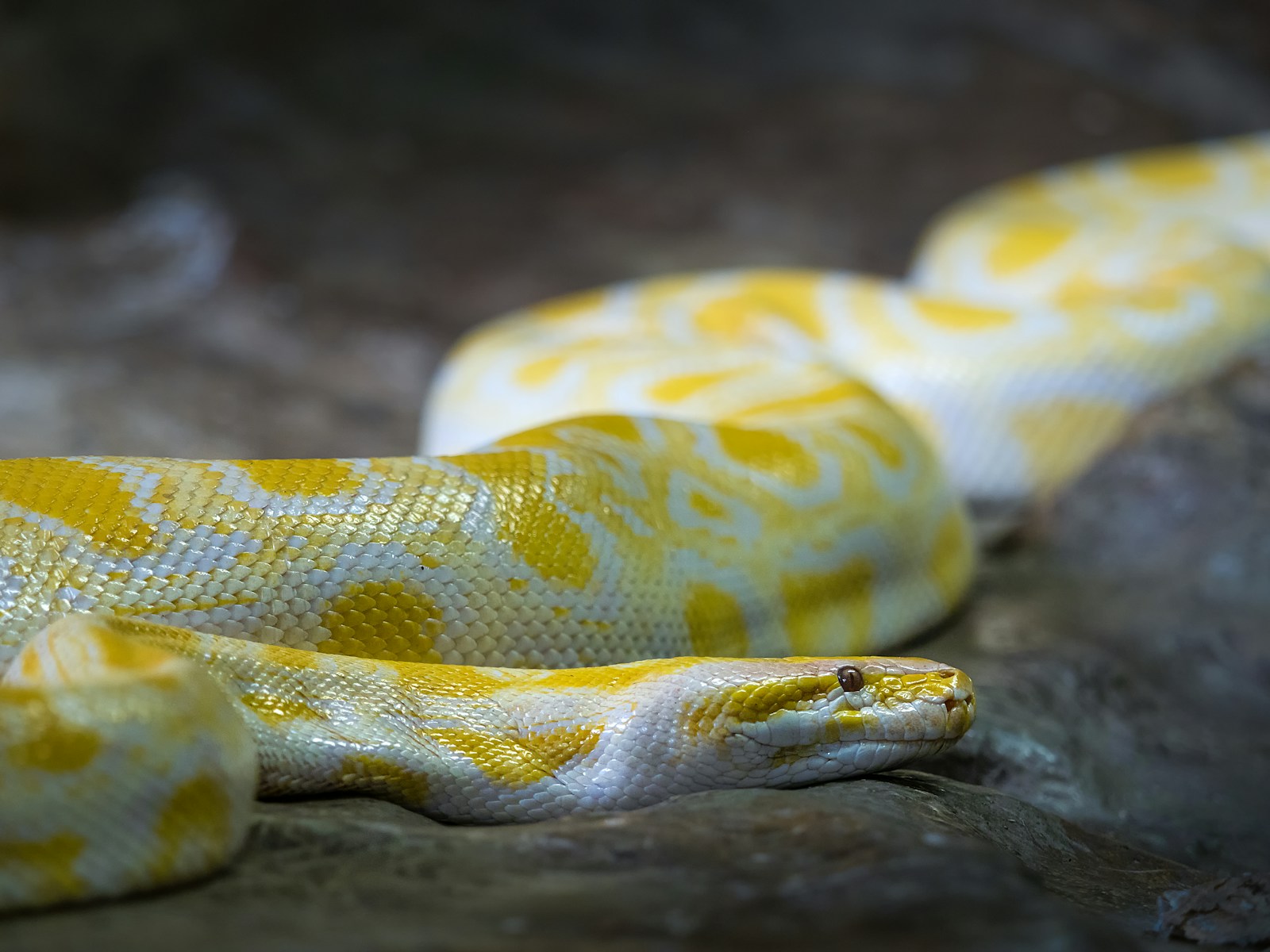
The frequency and nature of rubbing behaviors often change throughout a snake’s life cycle and with seasonal shifts. Juvenile snakes typically shed more frequently than adults as they experience rapid growth, resulting in more regular rubbing behaviors associated with the shedding process. Many species display seasonal patterns in their rubbing behaviors, with increased activity during breeding seasons when territorial marking becomes more important. Climate changes can also trigger variations in rubbing frequency, as seasonal shifts in humidity may affect skin condition and comfort. Long-term observation studies have revealed that individual snakes often develop personalized rubbing patterns and preferences that become more established as they mature, similar to behavioral signatures seen in other animals. These age and seasonal variations provide another window into understanding the complex behavioral ecology of different snake species.
Abnormal Rubbing: When to Be Concerned

While rubbing is a natural behavior, excessive or unusual rubbing patterns can signal health problems requiring attention. Constant rubbing outside of shedding periods, especially when focused on specific body areas, may indicate skin infections, mite infestations, or internal health issues affecting the nervous system. Snakes with dysecdysis (abnormal shedding) may rub excessively due to retained shed pieces causing discomfort or restricted blood flow. Neurological conditions can sometimes manifest as unusual rubbing behaviors, particularly when the movements appear uncoordinated or the snake seems to lose balance during rubbing attempts. Respiratory infections may cause increased rubbing around the head and mouth areas as the snake attempts to clear blocked airways or address discomfort from mucus buildup. For snake owners, distinguishing between normal rubbing and problematic patterns requires careful observation and familiarity with their particular snake’s typical behavior.
Species-Specific Rubbing Behaviors

Different snake species have evolved unique rubbing behaviors that reflect their evolutionary history and ecological niches. Arboreal species like green tree pythons exhibit specialized rubbing techniques that help them navigate branches and maintain their specialized scales that aid in climbing. Desert-dwelling sidewinders have developed particular rubbing motions that help remove sand from their specialized ventral scales without compromising their ability to perform their unique sidewinding locomotion. Aquatic species such as water snakes display rubbing behaviors that help maintain the water-resistant properties of their scales, often selecting particular underwater surfaces for this purpose. Burrowing species like sand boas have evolved rubbing techniques that both assist with tunnel creation and help maintain the smooth, friction-reducing scale properties necessary for efficient underground movement. These specialized variations demonstrate how the basic rubbing behavior has been refined through natural selection to serve the particular needs of each species in their specific habitat.
Conclusion
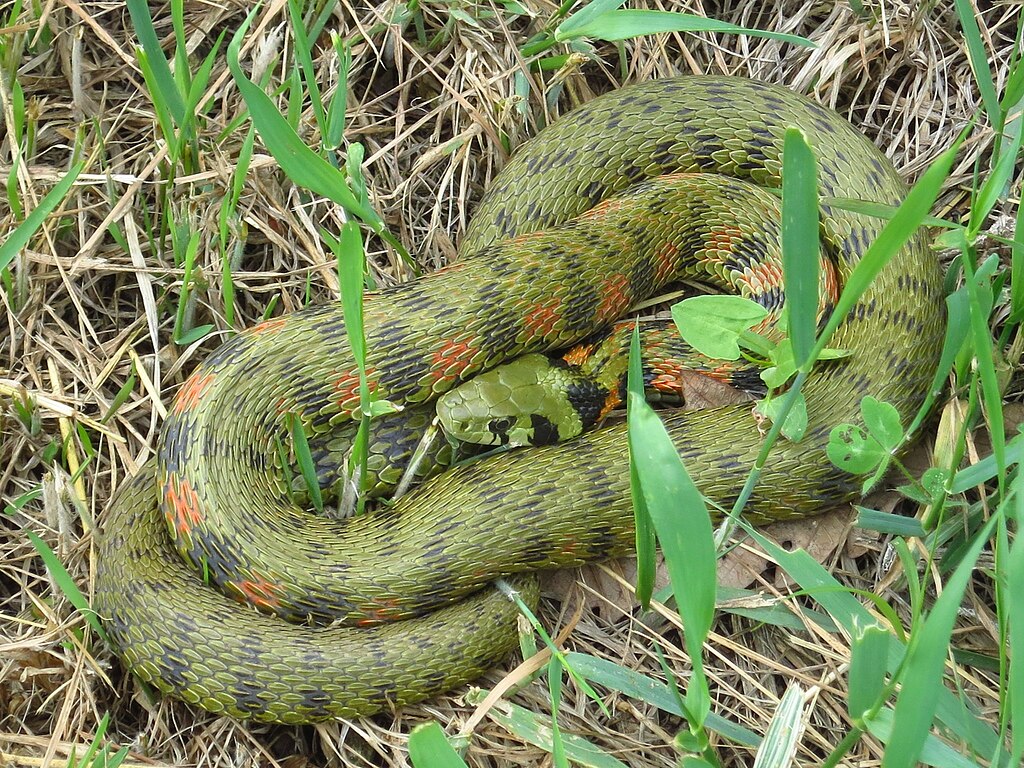
Snake rubbing behaviors reveal a fascinating complexity that extends far beyond the simple shedding process most people associate with this action. From sensory exploration and parasite removal to territorial marking and social communication, these behaviors represent sophisticated adaptations that help snakes navigate their physical and social environments. By understanding the multifaceted nature of snake rubbing, we gain insight into their sensory world, social structures, and physiological needs. For snake keepers, recognizing normal versus abnormal rubbing patterns provides valuable information about their pet’s health and well-being. For researchers, these behaviors offer windows into the evolutionary adaptations and ecological strategies that have allowed snakes to thrive in diverse habitats worldwide. This deeper appreciation of snake behavior helps dispel misconceptions about these remarkable reptiles and highlights the sophisticated nature of their interactions with their environment.

